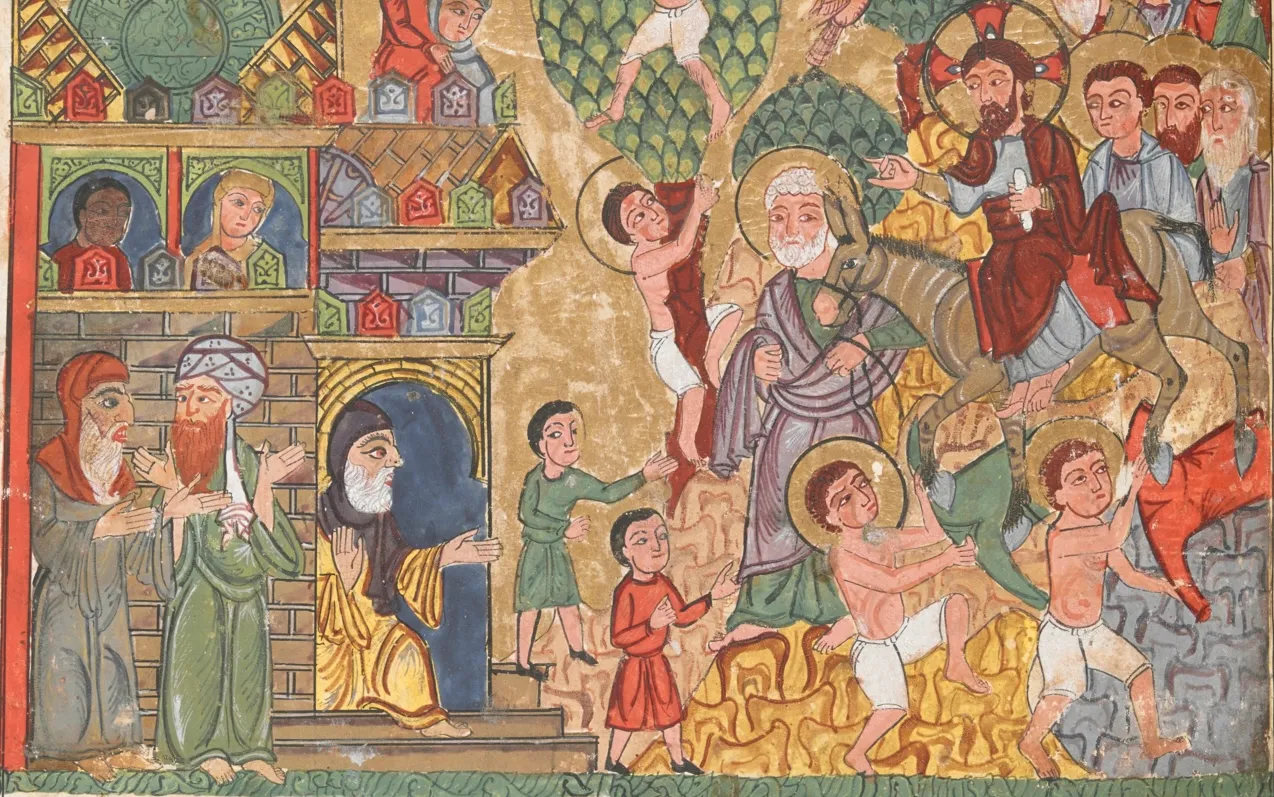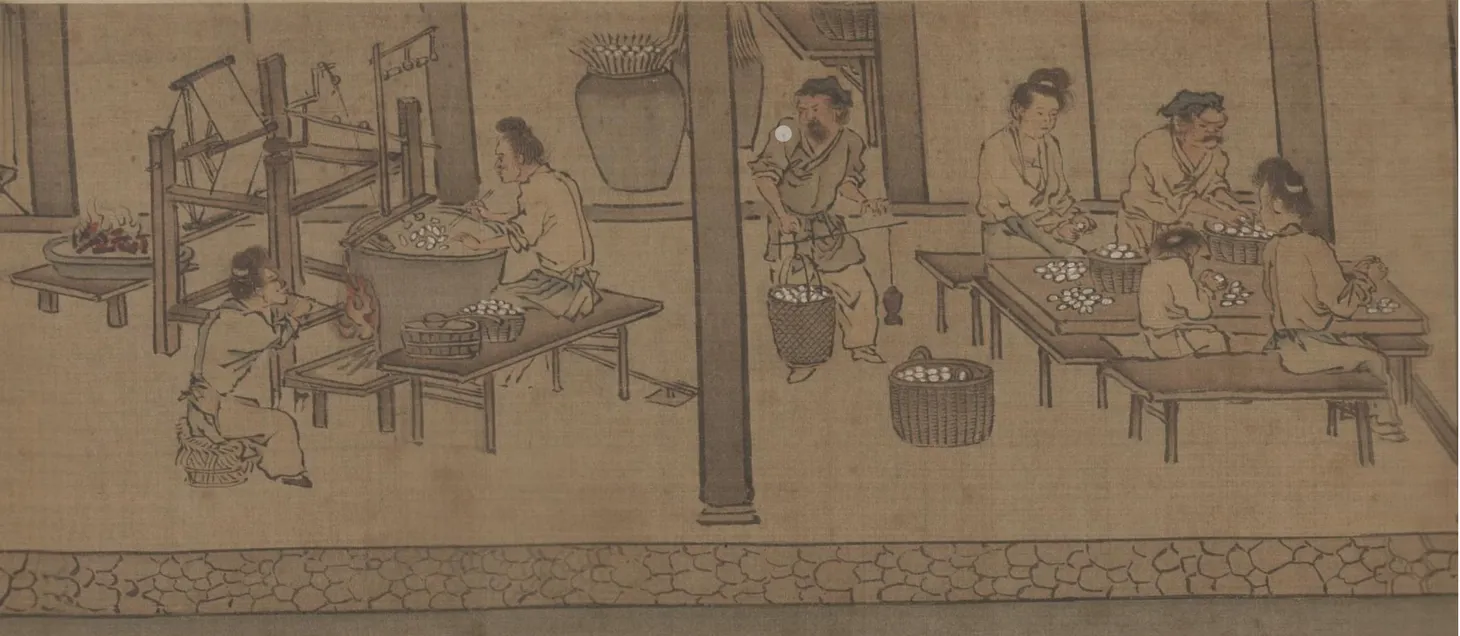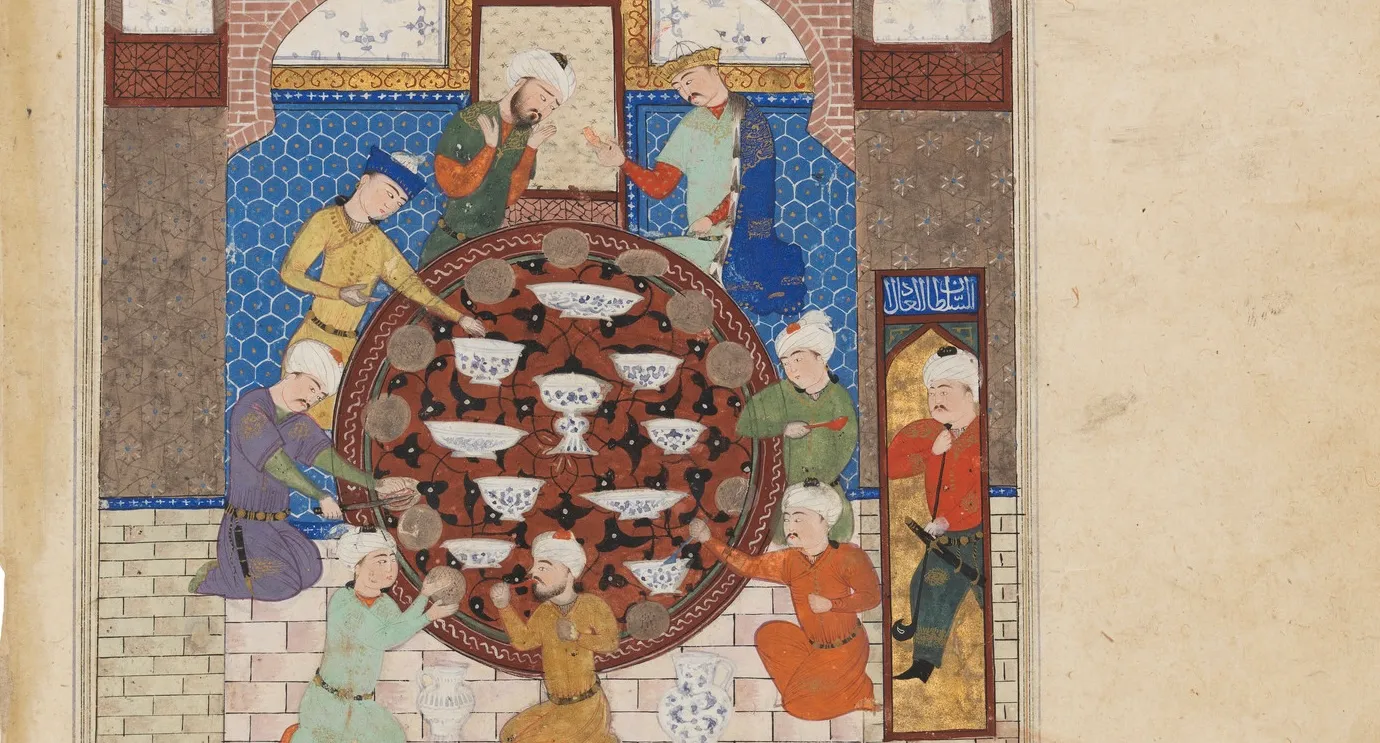“The Green Revolution Has Been a Team Effort”: Globalizing How We Teach the Green Revolution
Discussion of how to integrate Asian voices when teaching the Green Revolution
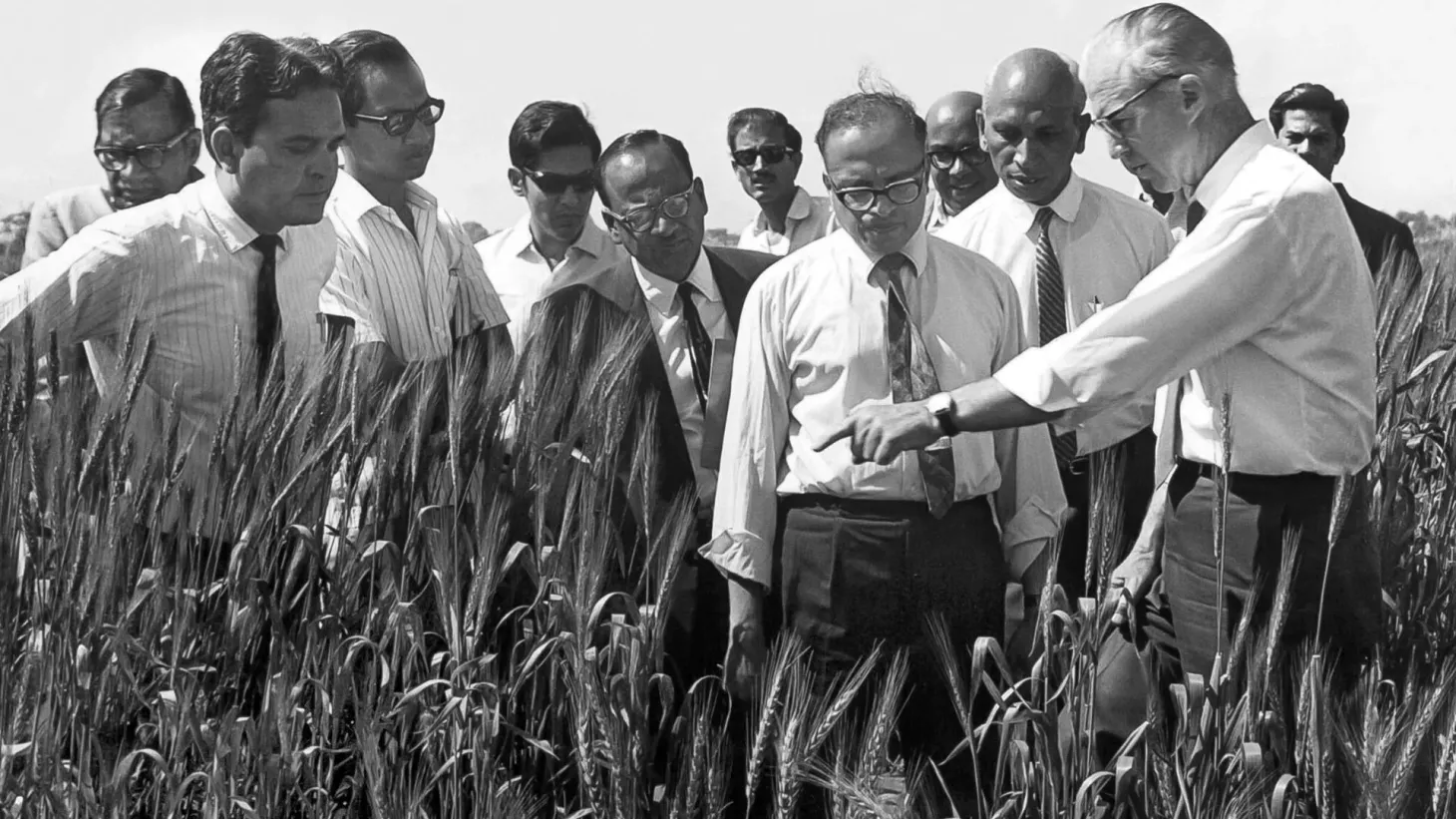
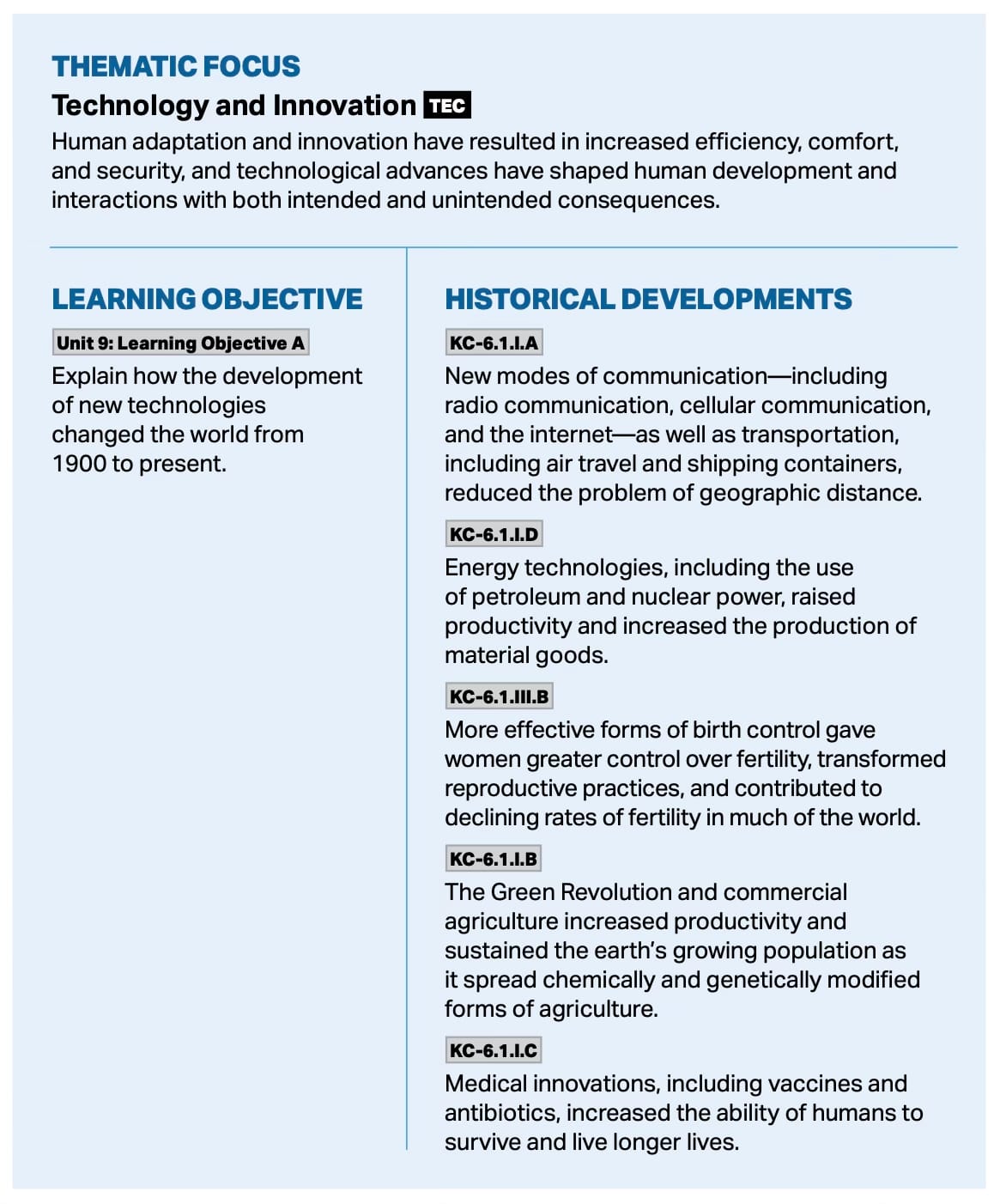
In 2011, the Green Revolution of the 1960s was added to the AP World History curriculum. The Curriculum Development and Assessment Committee wanted more historical examples of the environmental theme, and the Green Revolution was an ideal topic. For the first few years, I taught the Green Revolution, I focused primarily on Norman Borlaug and the United States’ role in the revolution. While Borlaug and the United States played a significant role, this focus presented the Green Revolution as something that happened to people in Asia. But what about Asian agency in this process? A few years later, the OER Project released a short video that acknowledged Asian agency but only discussed the Chinese Green Revolution of the 1970s in generic terms.
The Source
This Content is for Subscribers on the Buy Me Lunch and Buy Me Dinner tiers
SubscribeAlready have an account? Log in

